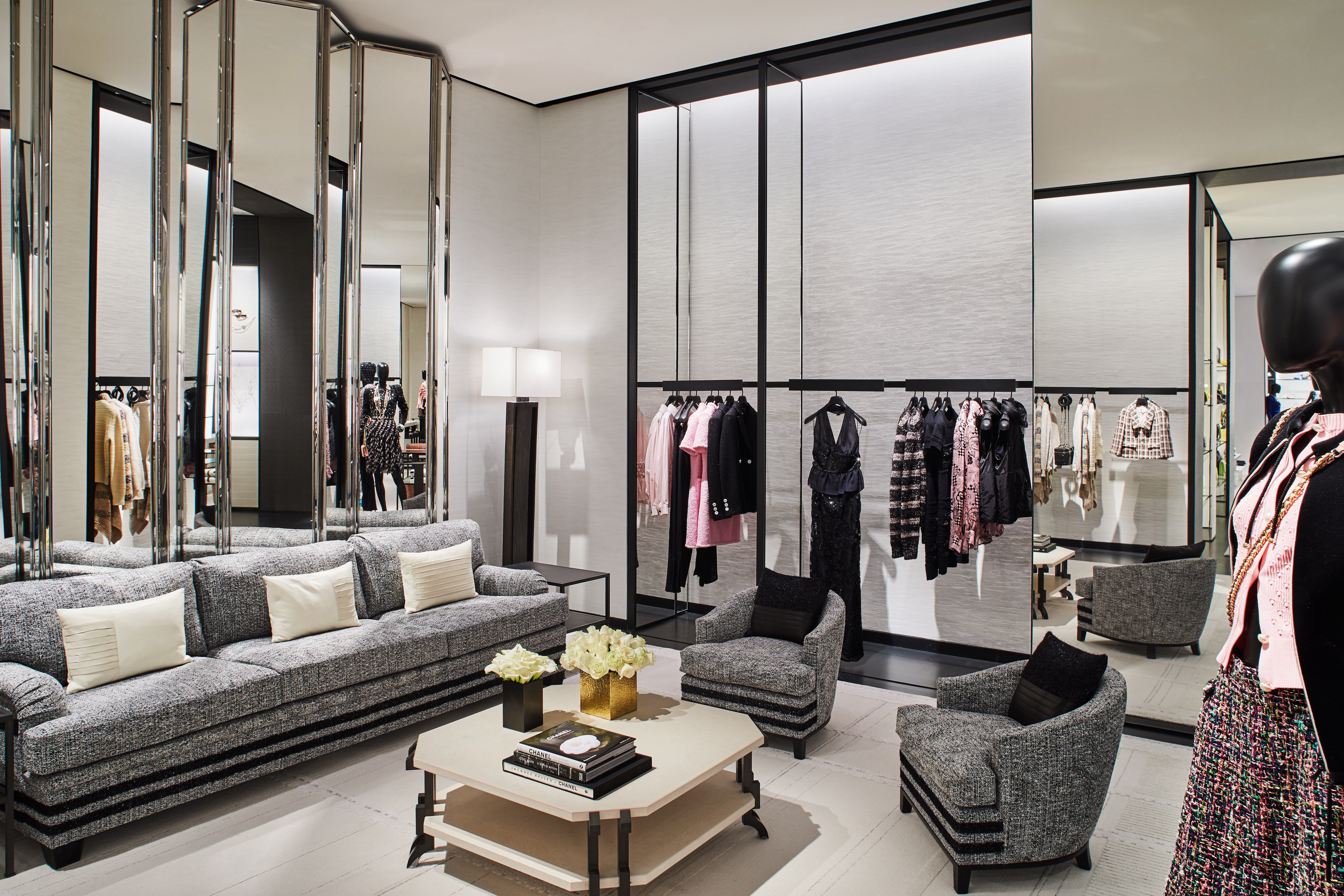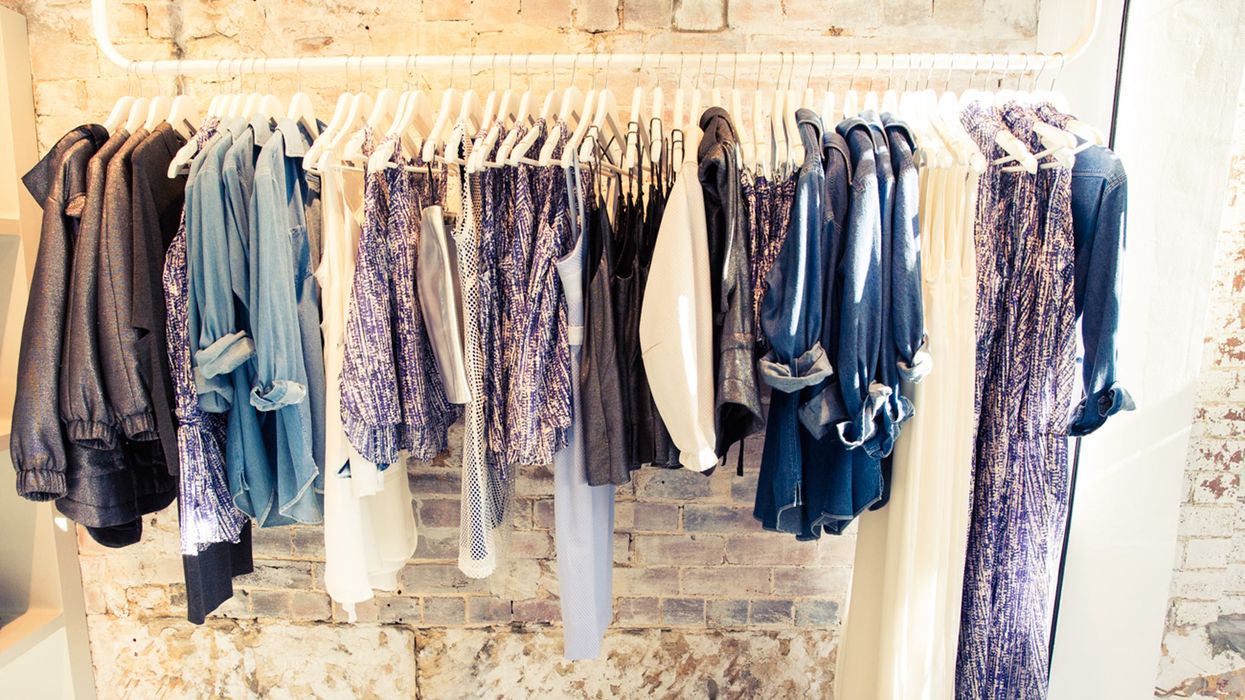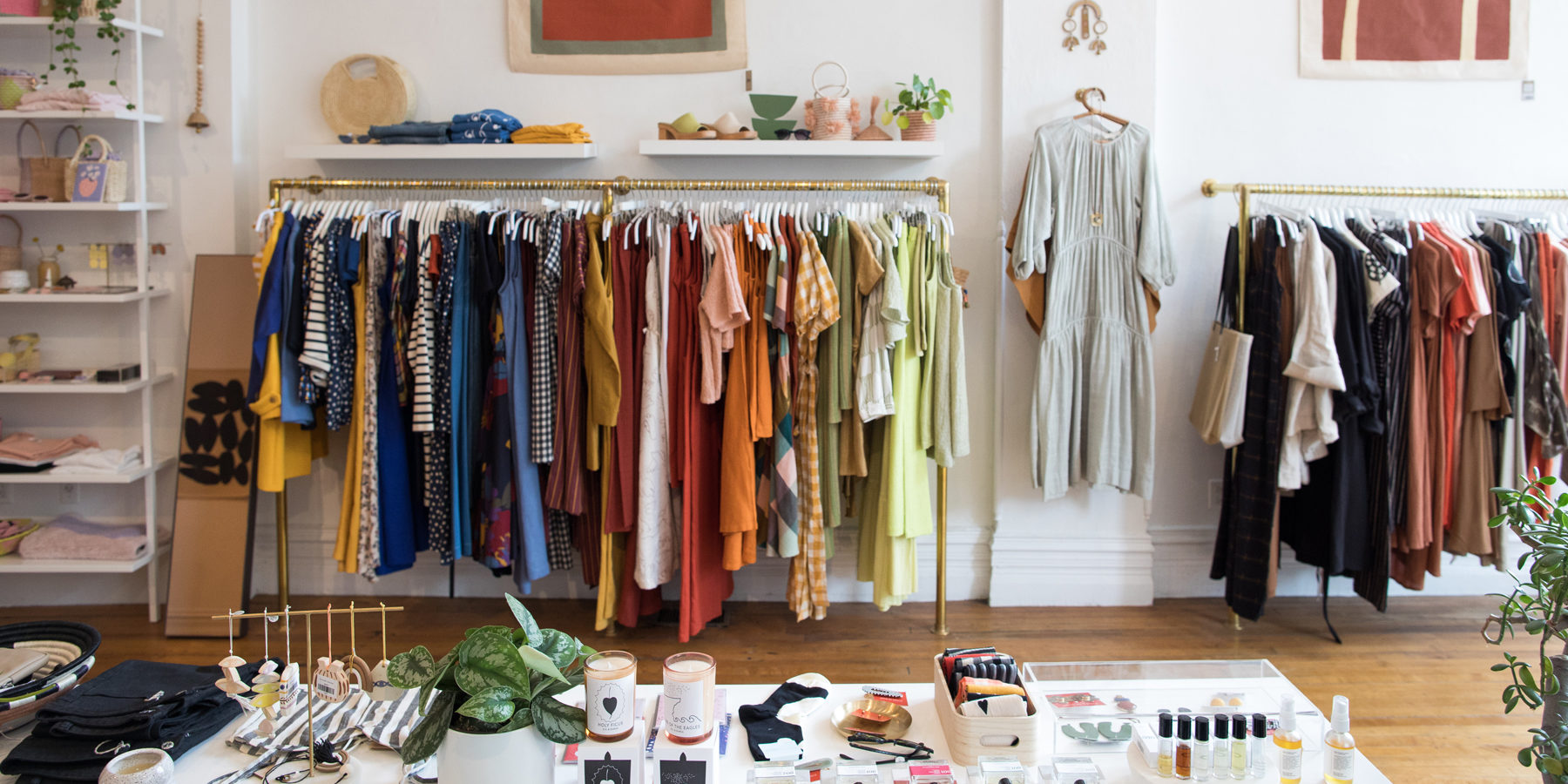Exploring the Development and Influence of Clothes on Modern Fashion Trends
The evolution of apparel has actually considerably influenced contemporary fashion fads, merging historic criteria with cutting-edge technologies. Famous figures like Coco Chanel and Yves Saint Laurent reinvented the fashion sector by introducing ideas that focus on convenience and access, which continue to reverberate today.
Historical Fashion Influencers
In the tapestry of style background, specific numbers have left an enduring mark, forming the trends and designs that define entire ages. Coco Chanel, a revolutionary designer, redefined ladies's style by introducing comfy, stylish clothes that left from limiting corsets. Her renowned Chanel match and little black dress have ended up being classic staples in wardrobes worldwide. Christian Dior's post-war "New Look" in 1947, with its party of feminineness through full skirts and cinched waists, noted a return to opulence and has continued to influence designers.
Elsa Schiaparelli is another essential figure, renowned for her avant-garde styles that incorporated surrealist art, collaborating with Salvador Dalí to develop wayward items that tested conventional looks. Her ingenious use of shade and strong patterns resounds in contemporary style. Yves Saint Laurent, on the other hand, equalized high style with prêt-à-porter collections, bringing path designs to the masses and setting a precedent for contemporary ready-to-wear lines.
These dreamers, among others, not only revolutionized style in their times however additionally established enduring trends that reverberate in today's garment industry, supplying a structure whereupon modern-day developers remain to construct and innovate. Their heritages emphasize the relevance of creativity and bold in fashion's ever-evolving story.
Technical Developments in Fashion
In the middle of the dynamic landscape of the style sector, technical advancements stand at the forefront of development, reshaping exactly how designers create and consumers engage with style. The assimilation of 3D printing has actually revolutionized layout procedures, enabling developers to try out complex structures and sustainable products that were formerly inconceivable. This modern technology promotes rapid prototyping, minimizing waste and expediting manufacturing times.

Smart textiles, installing innovation into materials, are likewise transforming the market. Developments like self-cleaning and temperature-regulating fabrics offer boosted performance and comfort. Wearable innovation, integrating attributes like health and fitness monitoring and communication, includes a new measurement to fashion, combining aesthetic appeals with functionality.
Cultural Changes and Design
As technological improvements continue to improve the apparel industry, social changes are similarly influential, redefining style and consumer preferences. In recent times, the rise of social media platforms has actually sped up the dissemination of international fashion fads, enabling varied cultural influences to exist together and converge. This digital interconnectivity has assisted in the fast exchange of concepts, resulting in a much more comprehensive and eclectic see this website analysis of style that mirrors the complex nature of modern society.
Cultural understanding and admiration have motivated click this link designers to attract inspiration from a wider range of ethnic and historic contexts, incorporating standard concepts with contemporary looks. This combination has actually caused style that resonates with a bigger audience, advertising a sense of identity and belonging across different demographics. Additionally, the increasing demand for customization has actually driven brands to supply adjustable choices, enabling customers to express originality while reflecting their cultural heritage.
Furthermore, moving social worths have influenced style, with inclusivity and variety ending up being central styles. The market has started to accept designs and influencers of different type of body, ethnic backgrounds, and gender identifications, challenging standard appeal requirements. This transformation underscores the power of cultural changes fit the future of style, as design ends up being a more genuine expression of cumulative and personal identification.
Sustainability and Modern Layout
While the fashion business continues to progress, the necessary for sustainability has actually ended up being significantly immediate, affecting modern-day layout methods. This shift aims to deal with honest considerations and environmental worries, resulting in a reevaluation of standard production methods. Developers are now incorporating sustainable products, such as natural cotton, recycled polyester, and biodegradable materials, into their collections, reducing the eco-friendly footprint of fashion. The increase of slow style, which stresses top quality over quantity, encourages consumers to invest in classic items rather than short-term fads.
Furthermore, contemporary layout is defined by its development in decreasing waste and promoting circularity. This technique not only reduces ecological impact yet also enhances the social obligation of fashion houses.

Future Trends in vogue

Sustainability will proceed to be a driving force in forming future style trends. The market is significantly embracing environmentally friendly products and ethical manufacturing methods, replying to an expanding customer demand for responsible techniques. Technologies such as bio-fabricated products and closed-loop recycling systems are established to redefine how clothes is produced and consumed, reducing ecological impact while preserving design and top quality.
Social changes, including the increase of inclusivity and diversity, will additionally play a crucial role. As culture comes to be extra familiar with social issues, style is expected to become a system for expression and adjustment. Developers will likely concentrate on producing collections that mirror a wider series of identities and experiences, promoting depiction and availability.
Final Thought
The development of garments considerably influences modern style trends, where historic influences merge with contemporary designs. Secret figures like Coco Chanel and Yves Saint Laurent have redefined design, while technological advancements such as 3D printing and wise fabrics broaden creative opportunities. Cultural changes in the direction of inclusivity and sustainability urge brand names to welcome and take on ethical practices variety. This recurring evolution emphasizes fashion's role as a mirror to social values and technical innovation, recommending a future rich with development and inclusivity.
The advancement of apparel has dramatically affected contemporary style trends, merging historical criteria with sophisticated technologies.In the middle of the vibrant landscape of the fashion industry, technical innovations stand at the center of advancement, reshaping how developers produce and customers involve with fashion.While the fashion industry proceeds to develop, the crucial for sustainability has ended up being increasingly urgent, affecting modern-day layout techniques. As sustainability comes to be embedded in modern-day layout, it paves the method for a much more liable and mindful fashion sector.
The advancement of apparel dramatically influences modern style patterns, where historical influences merge with contemporary styles.